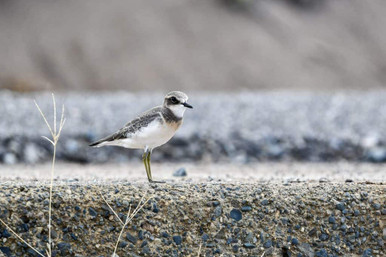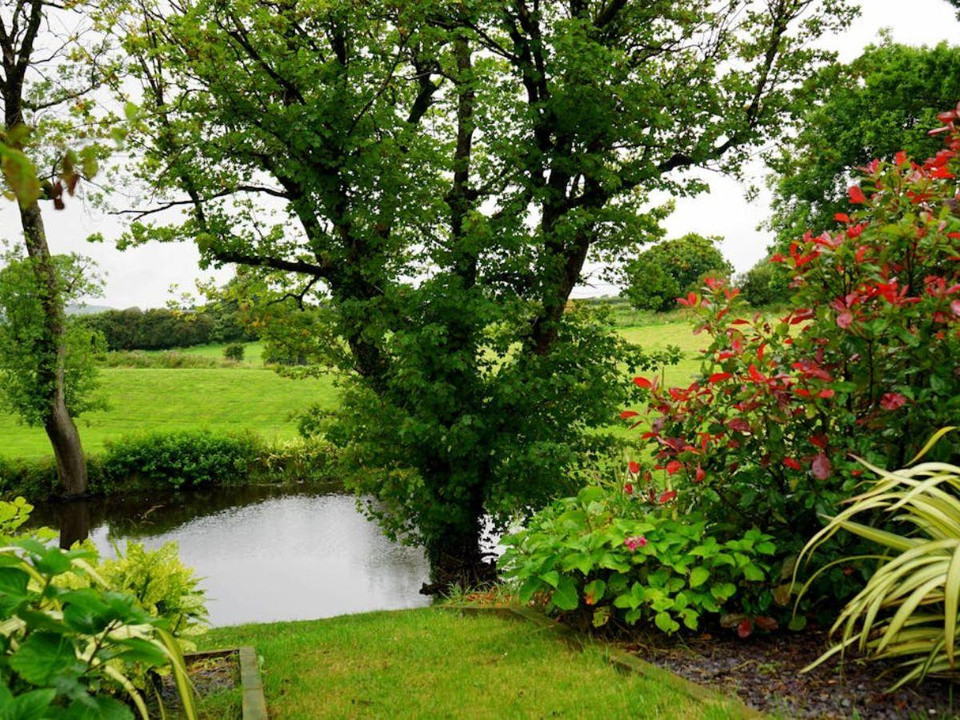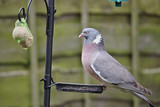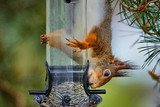The UK's Best Winter Nature Spotting Places
You’d be forgiven for thinking that spring or summer might be the best seasons for nature spotting in the UK but in fact, the cold winter months are an excellent time to wrap up warm and get outdoors with many rare sights and wildlife spectacles to witness across the UK.
Here are some of the UK’s best winter nature spotting places.
River Esk, North York Moors
Throughout November and December, it’s possible to witness salmon runs on the River Esk on the North York Moors. Despite declining wild salmon stocks, they can still be spotted swimming and leaping upstream to return to the rivers where they were born.
For your best chance of spotting this spectacle, choose a day with heavy rainfall after a dry spell. Villages along the River Esk, such as Ruswarp and Grosmont are a good place to start.
Blakeney Point, Norfolk
Blakeney Point in Norfolk is home to the UK’s largest Grey Seal colony with approximately 4,000 seal pups born each year between November and January. It’s not possible to walk to see the seals on Blakeney Point, so spotting this wonderful phenomenon involves taking a boat trip from Morston Quay.
If you can’t make it to Blakeney Point, it’s also possible to view grey seals on foot from other UK spotting places, such as Donna Nook in Lincolnshire, Pendennis Point in Falmouth or Chanonry Point in Inverness where you can also spot dolphins!
Dartmoor, Devon
Winter is tough on Dartmoor but it remains one of the UK’s best winter nature spotting places. Hardy little Dartmoor ponies are well equipped to deal with the harsh weather and can be spotted throughout winter from many places across the moor. They’re commonly seen upland and also take shelter in valleys and forests. Remember that Dartmoor ponies are wild animals, so as cute as they look, they’re best spotted from a distance.
Yarner Woods on the edge of Dartmoor is home to many specialist woodland birds and you may see Nuthatches (who love sunflower seeds) along with Tits, Bullfinches and the Great Spotted Woodpecker. If you’re going bird spotting this winter, don’t forget your wild bird feed.
Bass Rock, Scotland
Described by Sir David Attenborough as “one of the wildlife wonders of the world”, Bass Rock in Scotland is undoubtedly one of the UK’s best winter nature spotting places. This volcanic crag sitting in the Firth of Forth is home to the largest gannet colony in the entire world.
A boat trip out to Bass Rock from the Scottish Seabird Centre will allow you to see the UK’s largest seabird diving into the sea from incredible heights and gannets can be spotted here anytime between February and October.

River Otter, Devon
Despite its name, the River Otter in Devon is a prime place for spotting beavers! A population of beavers have been present on the river for well over a decade now and The Devon Wildlife Trust began running a Beaver Trial to monitor their behaviour and effect on the local landscape.
The chances of spotting beavers in winter are slimmer than at other times of year but not impossible. Beavers are most active at dawn and dusk and even if you don’t spot one, you might hear splashing or gnawing as they go about their business!
Strangford Lough, Northern Ireland
One of the UK’s best winter nature spotting places is Strangford Lough in County Down, Northern Ireland. This is the winter home for up to 90% of the world’s population of light-bellied brent geese, who arrive here between September and November each year.
As well as over 700,00 seabirds who make their home at Strangford Lough, you can also spot marine life, along with Common seals, Grey seals, porpoises and otters. There have even been humpback whale sightings!
The Cairngorm National Park, Scotland
The Cairngorms are home to the UK’s only free-ranging herd of reindeer. The ultimate winter survival animal, reindeer could be found wild in Scotland up until the 13th century when they became extinct due to over-hunting and climate changes. Reindeer were reintroduced to the Cairngorm National Park in the 1950s and today the herd stands at around 150 reindeer.
Brighton Pier, Sussex
Starling murmurations are one of the greatest wildlife spectacles in the UK. These swirling sky dances are a mesmerising sight and can be spotted between November and March in the late afternoons, just before dusk, especially when the weather is cold.
Despite rapidly declining numbers in the UK, leading to starlings being placed on the critical birds' list, they gather in huge numbers to roost. The number of starlings in a roost can reach up to 100,000 birds and the resulting murmurations are a sight to behold. RSPB reserves across the UK are a great place to spot starling murmurations but one of the most popular spotting places for starling murmurations is Brighton Pier in Sussex along with Gretna Green in Scotland.
Explore Popular Articles
-
8 Easy Ways to Attract Woodpeckers to Your Garden
8th Apr 2024Woodpeckers are among the most interesting birds known for their drumming sound and bright colours.
-
How to Protect Your Bird Feeders from Pigeons ?
28th Mar 2024You must have noticed damaged feeding ports, hanging mechanisms, perches, lids and bottoms. Who coul
-
5 Foolproof Ways to Rat-Proof Your Bird Feeder
18th Mar 2024Building a bird-friendly environment is a delightful endeavour, but it involves the responsibility o




